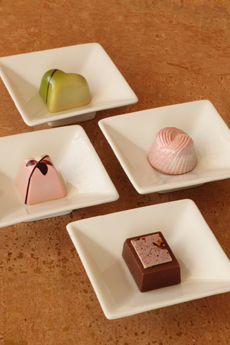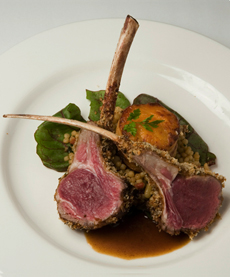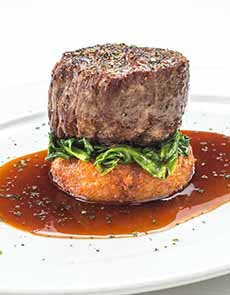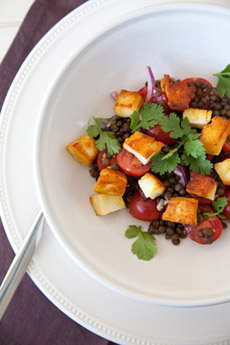
Our favorite new gem of a kitchen aid. |
|
When was the last time you oversalted the soup? Overcooked the cauliflower? Need a spice while cooking but out you don’t have it?
A welcome new book, How To Repair Food (Third Edition) by Tanya Zeryck, John Bear and Marina Bear, is your go-to source for how to fix whatever food or drink is “overcooked, undercooked, stale, burned, lumpy, salty, bland, too spicy, mushy, too dry, too wet, flat, tough, too thick, too thin, wilted, collapsed, curdled or stuck together.”
The information is alphabetically organized by food—just flip the pages until you get to your food problem, and you’ll find the fix. There are valuable appendices with food storage information, stain removal tips, utensil and appliance problem fixes and much more.
This is one terrific little book—highly recommended for your own kitchen and a valuable gift for anyone who cooks. Not only is it your aid for problems; it’s a delightful read from beginning to end that can teach you how not to create the problem in the first place. |






